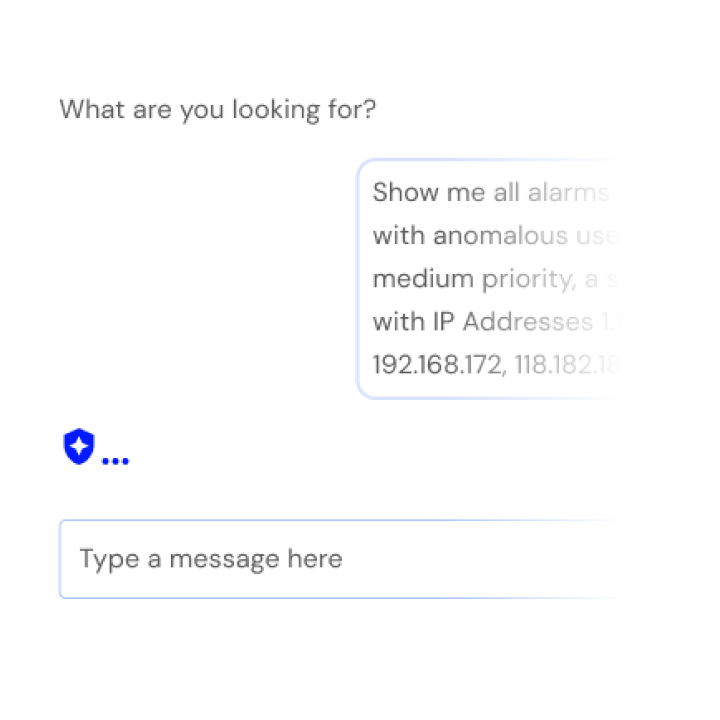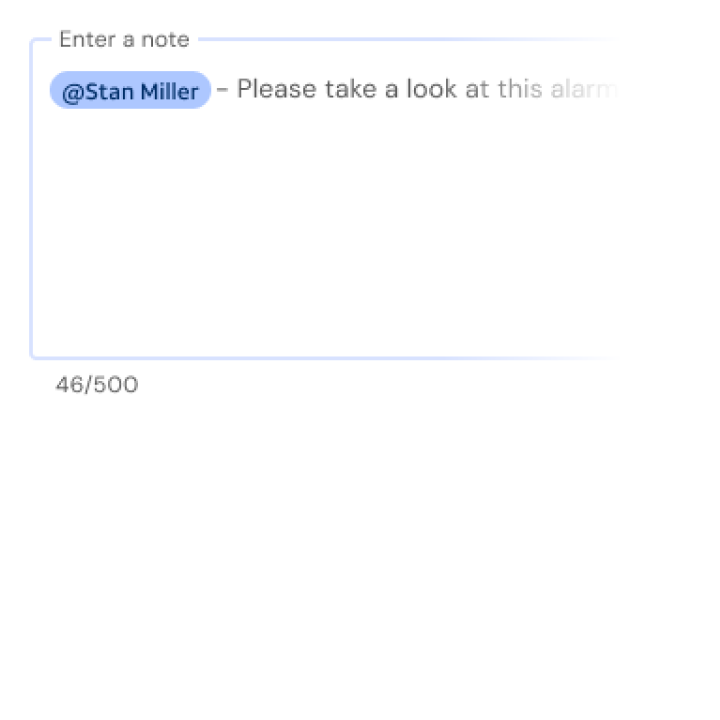AT&T Cybersecurity
Leading great experiences in Cybersecurity.
Overview
As Head of UX, I built and mentored a high-performing, cross-functional team of Designers, Researchers, and Content Strategists—fostering a culture of collaboration, autonomy, and innovation. I introduced agile workflows to align design with product roadmaps, improving visibility and delivery efficiency. I developed and taught user research practices grounded in Human Factors International principles, and led usability testing efforts to create intuitive, user-centered solutions. Partnering closely with product, engineering, sales, and services, I helped bridge silos and advocate for UX at every stage of the product lifecycle. My team tackled complex service design challenges, improved customer workflows, and contributed to the AI-driven interface for our unified cybersecurity platform—all while reducing support tickets and increasing user task success rates.
Due to NDA contractual agreements, detailed work is available on request.
Analysis
My initial interactions were with the product team to understand roadmaps and vision. Afterwards I fostered strong relationships with the engineering team — understanding technical limitations and process. I engaged the sales and support teams to get a since for what customers were looking for and any pain points that had been noted. I had the opportunity to interview our own threat detection and management operations team to compile a list of feature requests and establish workflows and protocols. In addition to interviewing our internal operations team, I established recurring interviews with external MSSPs to gather their feedback as well.
Solutions
After considering business and product requirements, technical limitations and direct user feedback, I created a path to achieve a list of UX milestones. Basing the milestones on improving the experiences for operations teams and customers, managed and unmanaged. Major features like an inline AI assistant, a UI framework update to MUI, and enhanced workflow tools for investigations, team messaging and SOAR were top of the list.

AI Assistance
Leveraging an LLM and a UI agent, we were able to provide value for analysts throughout their day-to-day workflow. From a powerful search and filter assistant, to a generative report tool, and customizable role creations, users were delighted to decrease the time of usual tasks by more than half.
Refreshing and modernizing UI
The main platform when I came onboard used an older UI framework from Bootstrap. After negotiating with engineering, all teams agreed to implement Material UI for Angular. The update improved the aesthetics and added useful components aiding interactions for users. The updated data visualizations with chart.js also yielded strong feedback from analysts and customers.

Inclusive team messaging
Communication within operations teams is paramount. Analysts, managers and customers relied on peripheral applications to communicate to each other. To reduce extraneous cognitive load, we designed a messaging and notification center in the platform. This also allowed users to tag individuals or teams in notes for alarms, events or investigations.
Implementing SOAR
From concept to implementation, I guided the design work for SOAR technologies into the platform with product and engineering. We worked with subject matter experts and operations teams to solve for complex requirements such as action automations, rule association and plugin actions. The implemented design utilized a linear playbook interface that broke each step into a card that users could easily customize and add to the automation.
UX Milestones and Maturity Achieved
With over 10 UX milestones, my team achieved an enormous design effort. We decreased time on task for major actions executed by analysts. We fostered strong relationships across teams with user research while negotiating and meeting business requirements. The team has also increased design maturity across the company by showing the return on investment in design.